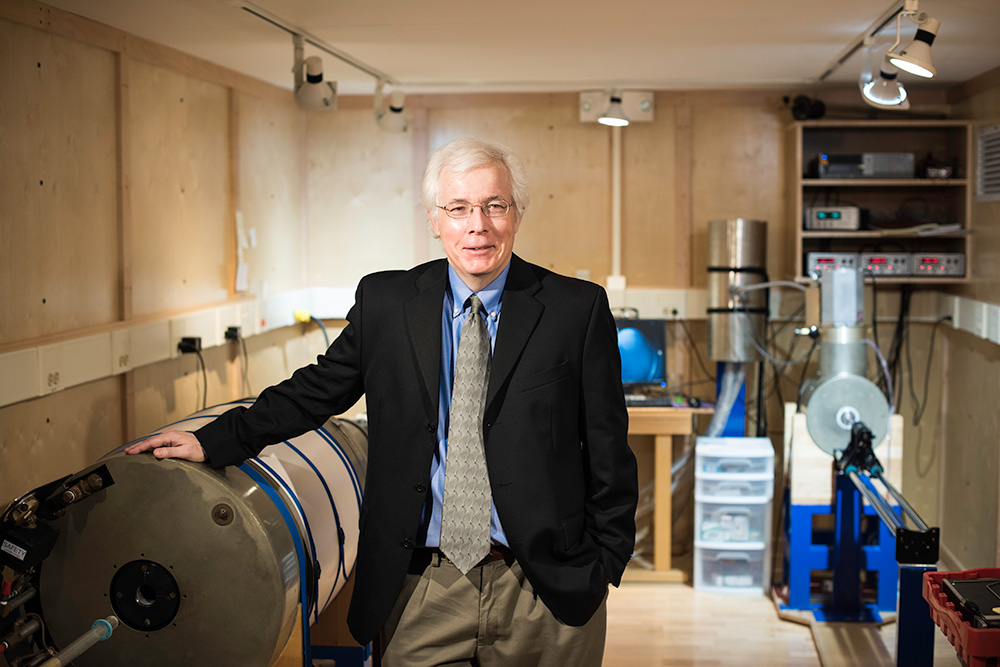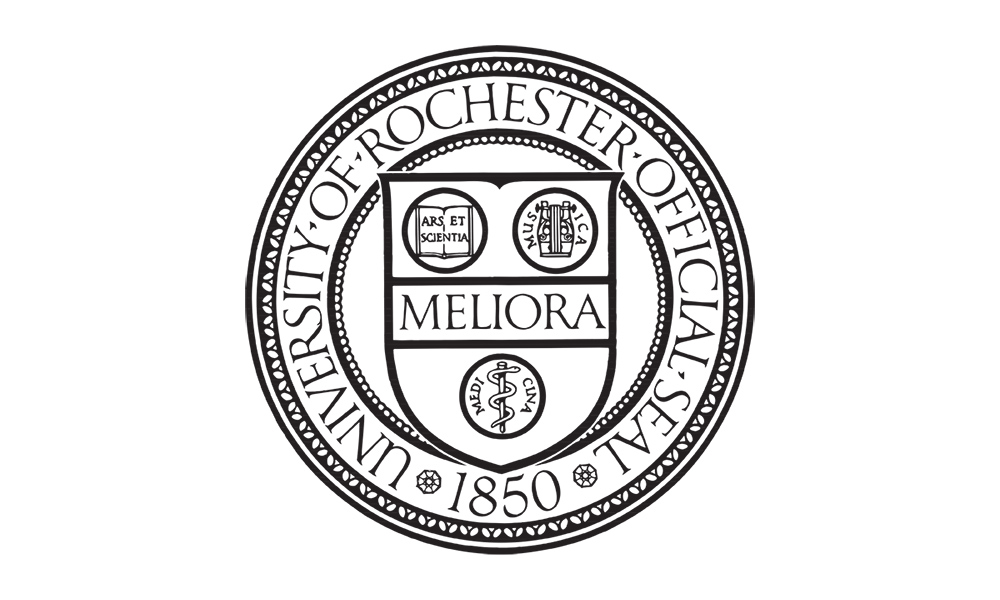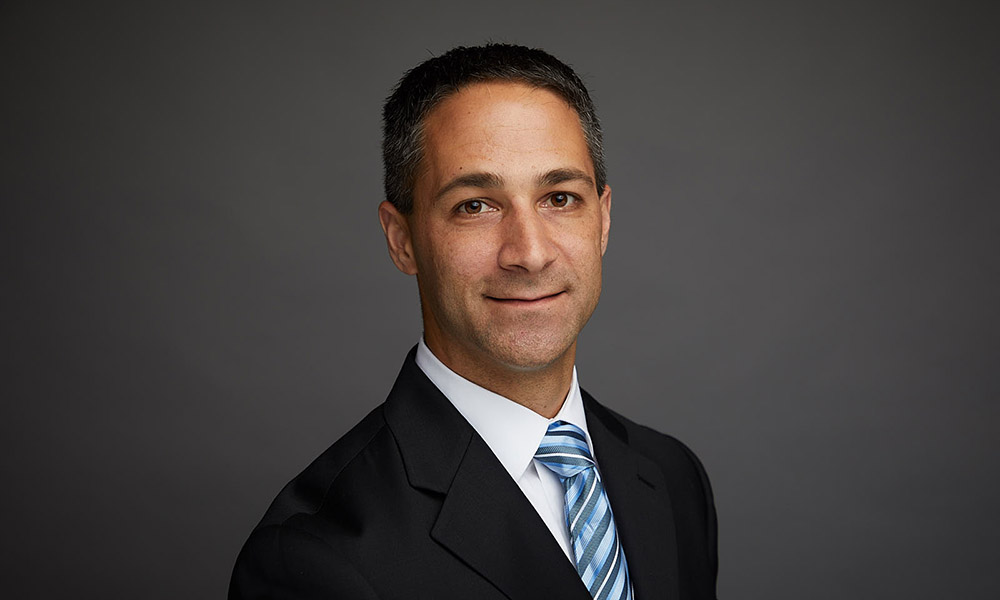John Tarduno, the William R. Kenan, Jr., Professor, professor of geophysics, and chair of the Department of Earth and Environmental Sciences, has been named dean for research in Arts, Sciences & Engineering. The announcement was made by Donald Hall, the Robert L. and Mary L. Sproull Dean of the Faculty of Arts, Sciences and Engineering. Tarduno succeeds David Williams, the University’s William G. Allyn Professor of Medical Optics, who recently returned full time to his research and his role as director of the Center for Visual Science.
In his role as dean for research, Tarduno will lead a number of critical initiatives, including increasing external funding for University of Rochester research, pursuing grants and awards that support faculty diversity, and encouraging collaborations that integrate humanities, social science, and science and engineering research.
“I am very pleased that John will be joining the AS&E team as our new dean for research,” Hall says. “He has a stellar research background, with 28 grants funded over the past two decades. While he was the primary investigator in 25 of those research initiatives, he is also proved to be a skilled and highly esteemed administrator, most recently serving as chair of the Department of Earth and Environmental Sciences.”
Hall also notes Tarduno’s dedication to raising the University’s research profile and deepening the institution’s commitment to making Rochester a place where a diverse group of scientists, scholars, and theoreticians can collaborate and thrive.
A respected scientist and educator, Tarduno’s own research focuses on detecting the past geomagnetic field, and applications to the evolution of Earth’s surface and deep interior. His recent research is on the very origin of the geodynamo, the mechanism within Earth’s core that generates the field. To investigate the magnetic field of the early Earth, Professor Tarduno and his research group have developed a method to derive information on past field strength from single silicate minerals. In his works published in Science and Nature, Tarduno asserts that the geomagnetic field is essential for the development and sustainability of a habitable planet.
Richard Waugh, the University’s vice provost for research, says he is looking forward to what Tarduno can bring to his new role. “John’s experience as department chair and his own standing as an accomplished researcher make him ideal for providing leadership and representing the interests of researchers in AS&E,” Waugh says.
As dean in one of the University’s largest research units, Tarduno will help lead efforts to increase research production at Rochester and improve public awareness of the innovative work being conducted by its scientists and scholars.
According to Rob Clark, University of Rochester provost and senior vice president for research, Tarduno’s areas of expertise make him a great choice to take the helm of AS&E’s research efforts. “We are very fortunate to have John as dean for research in AS&E,” Clark says. “Not only is he an accomplished scholar, but he also knows what it takes to secure funding and make great research happen.”
Tarduno is a Guggenheim fellow and fellow of the American Geophysical Union, American Association for the Advancement of Science, and Geological Society of America. He is a recipient of the Price Medal of the Royal Astronomical Society and the Petrus Peregrinus Medal of the European Geosciences Union. He joined the University in 1993 from Scripps Institution of Oceanography where he was assistant research geophysicist. He received his PhD in geophysics from Stanford University and conducted postdoctoral studies at Stanford and ETH-Zurich. His teaching at the University has been recognized by Goergen and Edward Peck Curtis Awards.
For his part, Tarduno says it’s about finding and creating opportunities. “The AS&E research enterprise and its integration with teaching are the scholarly core of the University,” he notes. “It’s an honor to follow David Williams and build upon his success advancing AS&E research. In particular, I hope to explore how AS&E can expand its research portfolio in federally supported programs, achieve faculty diversity aspirations through new initiatives, and promote collaboration between the disciplines.”




